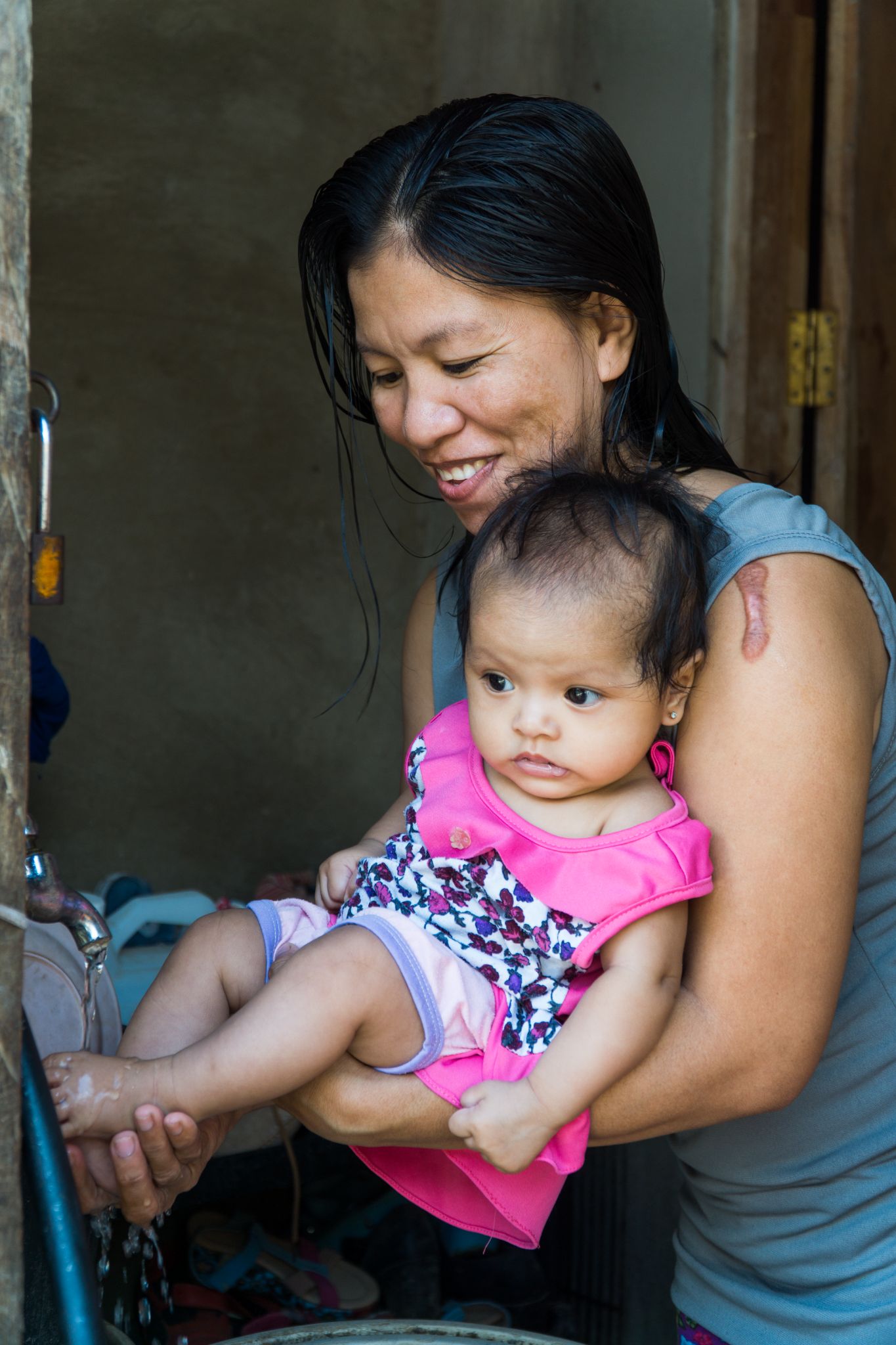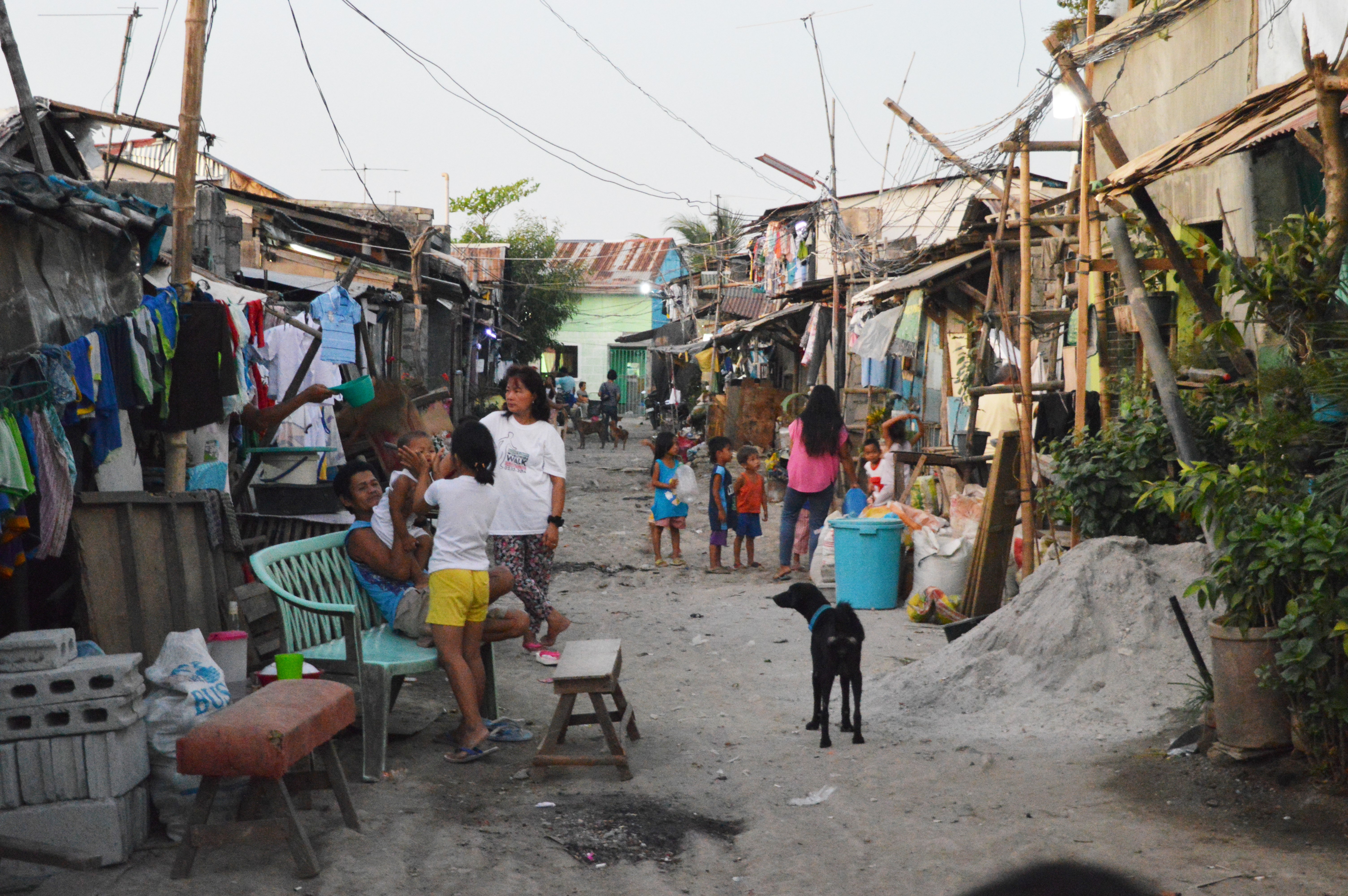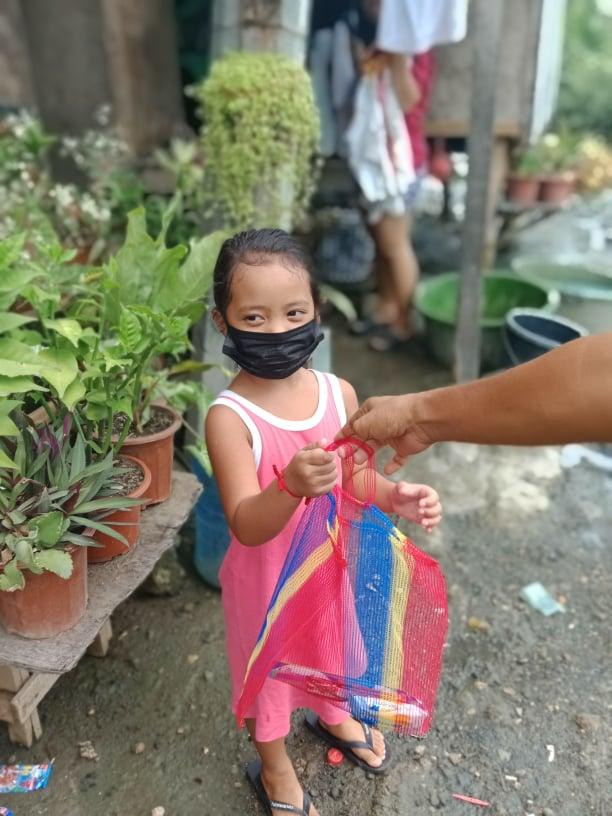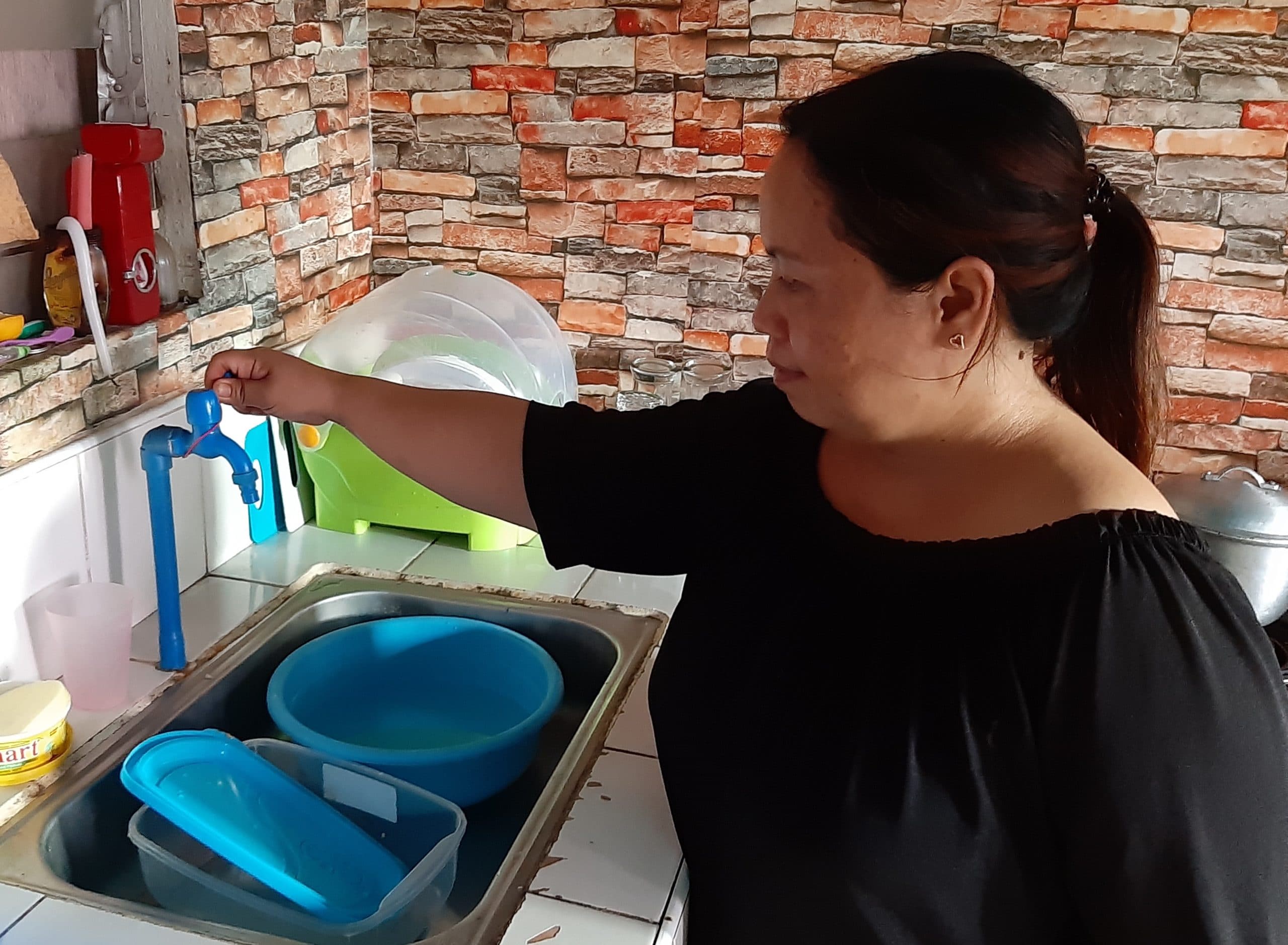
The Philippines is among the countries in Asia with large number of urban slum dwellers.
With extremely rapid population growth since the 1990s, the country now has more than 110 million inhabitants.
In the Philippines, the WHO stated that one in 10 people still do not have access to improved water sources. Based on a report by the health agency, acute watery diarrhea was one of the top 10 leading causes of death in the Philippines in 2016.
Moreover, the urban population is expected to grow by as much as 67% by 2030, adding 34.8 million inhabitants to the country’s urban areas.
This phenomenon is increasing actual challenges : congestion, overcrowding, poor quality of life, lack of essential services…
This rapid rate of urban growth is being driven by limited employment opportunities in rural areas, land shortages, natural disasters, and the negative impacts of climate change.
Since 2009, Eau et Vie has brought sustainable access to piped water to the home and other essential services to more than 35,000 inhabitants of the slums of Cavite, Mandaue, Cebu, and Leyte.
Learn more




Cavite
Cavite is a province located south of Manila Bay on Luzon Island. It is one of the most industrialized and fastest growing provinces in the Philippines and has a population of 3.6 million inhabitants…

Cebu
Cebu City is the regional, financial and administrative capital of the Central Visayas Region. With a population of 922,000, it is the fifth-most populated city in the Philippines…
Learn More
Mandaue
Mandaue is located in Cebu island, in the midway between Manila (in Luzon) and Davao in Mindanao island. It is right at the heart of the province of Cebu and is considered as highly-urbanized city since 1991…
Learn More
Tanauan
In Leyte island,Tanauan is the second largest municipality of the island, and located 20km south of Tacloban City, Capital of the Eastern Visayas region…
Learn More